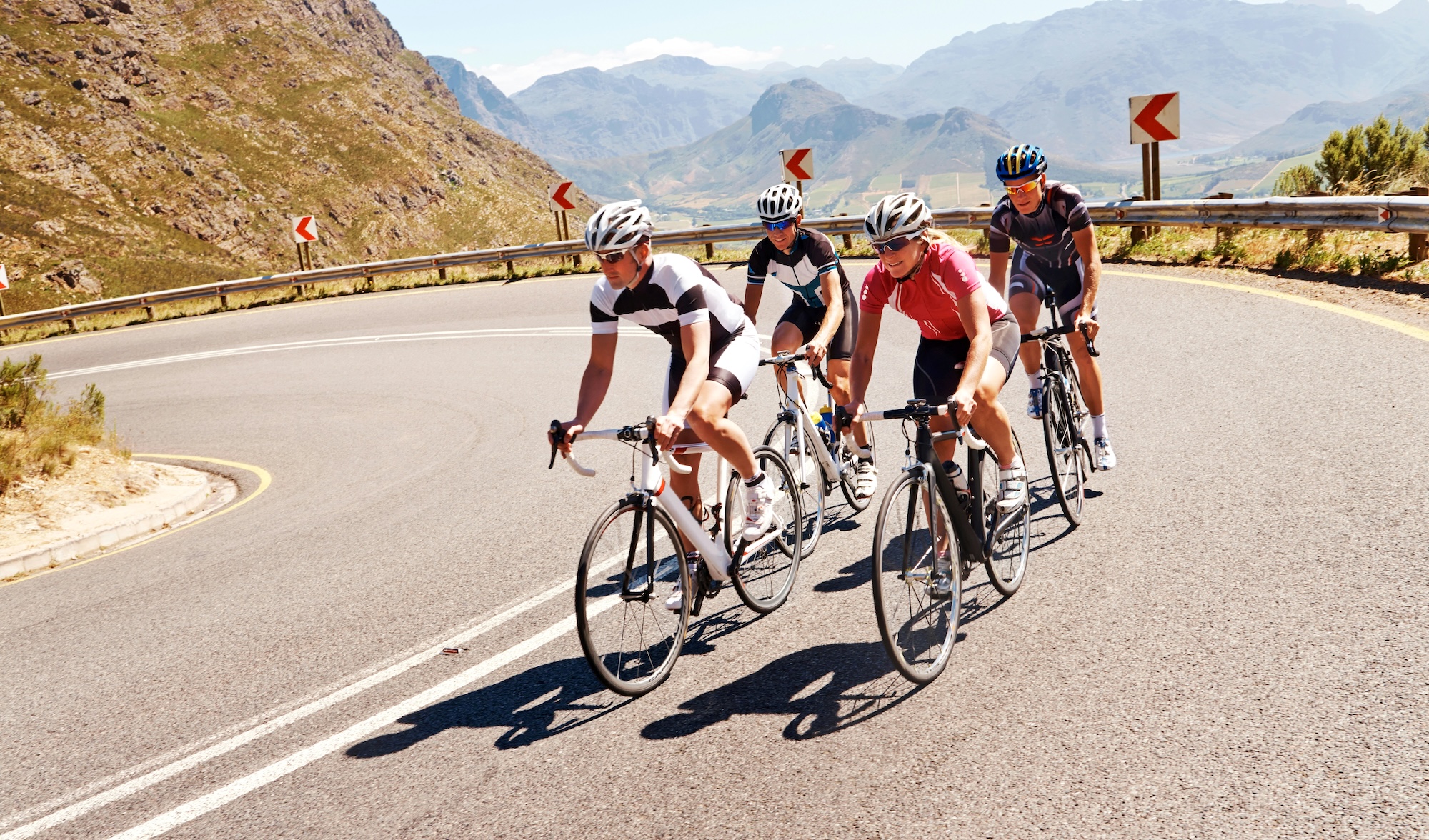From improving mitochondrial output to tapping into fat stores, endurance athletes can benefit from looking at cellular details
In the world of endurance sports, the favored term with regard to the daily grind is “training.” Training, as opposed to exercise, denotes a process or path geared towards a particular goal. This process of getting stronger is often misunderstood though. For some, getting stronger through training is the same as getting stronger in the gym: Our muscles are able to generate more force, lift heavier loads, and hence get larger. However, this doesn’t appropriately describe how training, from an endurance perspective, helps you become a better athlete. We’re here to share a few ways how you improve when you put in the miles.
Mitochondrial proliferation
The term might sound intimidating but it’s actually quite simple. When we do a particular workout (be it swim, bike, run, or any other form of repetitive movement), our body goes through hundreds if not thousands of contractions. These contractions have to be fueled; specifically, through the breakdown of fat and/or carbohydrates. This happens in the powerplant of the cell: the mitochondria.
As we extend the duration of our workouts, our mitochondria have to learn how to be more resilient from fatigue. As these parts of the cell get stressed, they adapt and learn how to go longer without tiring
Now as we extend the duration of our workouts, our mitochondria have to learn how to be more resilient from fatigue. As these parts of the cell get stressed, they adapt and learn how to go longer without tiring. On the other hand, when we increase the intensity, our mitochondria have to work harder to meet the energy demands of the cells. This form of stress also improves mitochondrial output either by making them more efficient and/or increasing the number (density) of mitochondria in our muscles. As a result, our muscles can perform at a higher and longer work rate without tiring as quickly.
Heat management
A byproduct of our muscle contractions is heat. As we push harder and go longer, our cells release a lot of heat; as a result, our core temperature rises and our body responds by sending orders to our body to cool itself. Our skin starts to dilate its capillaries to vent out heat and our sweat glands release sweat to bring down our body temperature. For our body to work properly, our core temperature has to operate below a particular threshold (usually between 38.5 to 39℃) and it can only do this if we sweat constantly. The danger happens when we don’t replenish the sweat we lose; our body gets dehydrated and our core temperature can’t be managed properly.
When we first start training, especially in the heat, most would find even lower intensities unbearable. This is because our body doesn’t know how to manage heat well yet. We quickly overheat. As we gradually introduce heat stress, our body starts to learn how to manage such conditions better. For one, our body becomes more proactive in releasing heat. Second, our cells become more efficient during strenuous efforts and this lowers the buildup of heat. Lastly, our blood plasma increases thereby improving our body’s ability to manage heat.
Fat adaptation
A common thing that people observe is how hungry they get when they first start swimming. This is true whether you have no sports background or if you’re a strong runner/cyclist who just started to learn how to swim. The reason for this has been widely debated but my years of experience in the lab pointed to something interesting: carbohydrate utilization.
When you start performing a particular sport or routine over and over again, you start to become more efficient at it; the hunger pangs start to fade. The reason? Our cells start to learn how to fuel itself better
When we first start a particular sport or movement, our body is very inefficient in supplying energy. Our cells grab the fastest and most convenient form of fuel available: glycogen (carbohydrates). Over time, glycogen in our cells needs to be replaced. Our liver performs gluconeogenesis and releases carbohydrates into our bloodstream so that it can be soaked up by the cells. As we extend the duration, our liver starts to run out of carbohydrates to release and our blood sugar drops significantly. This, in turn, sends a signal to our brain to get some food in: hunger.
Now as you would notice, when you start performing a particular sport or routine over and over again, you start to become more efficient at it; the hunger pangs start to fade. The reason? Our cells start to learn how to fuel itself better. It starts to tap into fat stores rather than carbohydrate stores. Fat is more abundant in the body and this offloads from the very limited carbohydrate stores. As a result, our liver glycogen stays within manageable levels and hunger pangs are kept at bay.
A common theme that surrounds the aforementioned ways how our body gets stronger is stress. Through repeated stress, our body is forced to adapt to meet our body’s needs. This is why the struggle is part of the process; we can’t expect to get stronger if we are always well within our comfort zones. However, in the same breath, we should know how to balance stress and recovery. Being too aggressive by pushing too hard, too long, or too often will have bad consequences as well. Being smart and methodical is key.








































